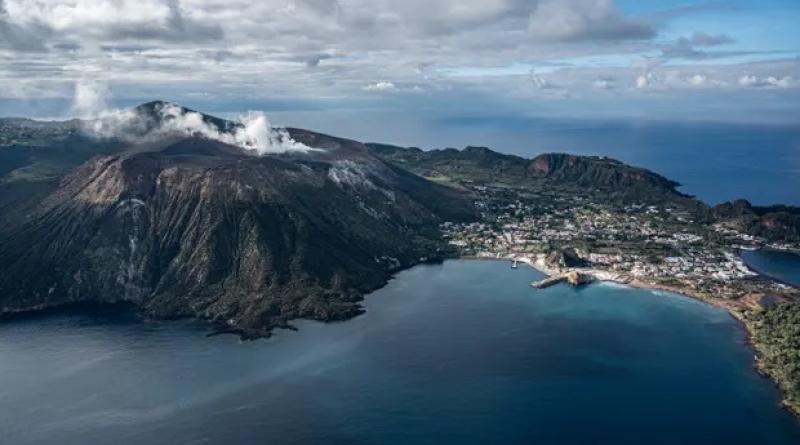Volcanic microbe eats CO2 ‘astonishingly quickly’, say scientists

A microbe discovered in a volcanic hot spring gobbles up carbon dioxide “astonishingly quickly”, according to the scientists who found it.
The researchers hope to utilise microbes that have naturally evolved to absorb CO2 as an efficient way of removing the greenhouse gas from the atmosphere. Ending the burning of fossil fuels is critical in ending the climate crisis, but most scientists agree CO2 will also need to be sucked from the air to limit future damage.
The new microbe, a cyanobacterium, was discovered in September in volcanic seeps near the Italian island of Vulcano, where the water contains high levels of CO2. The researchers said the bug turned CO2 into biomass faster than any other known cyanobacteria.
In February the team also explored hot springs in the Rocky Mountains in Colorado, US, where levels of CO2 are even higher. Those results are now being analysed. The researchers said all their data on microbes would be published and made available to other scientists as a database that pairs DNA sequences with banked samples of the bacteria.
Dr Braden Tierney, at Weill Cornell Medical College and Harvard Medical School, said: “Our lead collaborator at Harvard isolated this organism that grew astonishingly quickly, compared to other cyanobacteria.”
“The project takes advantage of 3.6bn years of microbial evolution,” he said. “The nice thing about microbes is that they are self-assembling machines. You don’t have that with a lot of the chemical approaches [to CO2 capture].”
The new microbe had another unusual property, Tierney said: it sinks in water, which could help collect the CO2 it absorbs.
But the microbe was not a silver bullet, Tierney said. “There really isn’t a one-size-fits-all solution to climate change and carbon capture. There will be circumstances where the tree is going to outperform microbes or fungi. But there will also be circumstances where you really want a fast-growing aquatic microbe that sinks,” he said. That might include large, carbon-capturing ponds, he said. The microbe might also be able to produce a useful bioplastic.
The project was funded by the biotechnology company Seed Health, which has also employed Tierney as a consultant. The company already sells probiotics for human health, has developed a probiotic for bees and is researching the use of microbial enzymes to break down plastics.
“Seed Health was founded on the belief that by unlocking the immense potential of the microbiome, we possess the power to make transformative strides in human and planetary health,” said its co-chief executive Raja Dhir. “Our work with Dr Tierney is exactly in line with that mission and may help to unlock new models [for] carbon capture.”
The idea of using bacteria to capture CO2, potentially enhanced by genetic engineering, is an active research area. A recent review suggested that bacteria could produce useful chemicals, as well as trapping CO2, saying: “Using modified bacteria to manage CO2 has the added benefit of generating useful industrial byproducts like biofuels, pharmaceutical compounds, and bioplastics.”
The US company LanzaTech already uses bacteria to convert CO2 into commercial fuels and chemicals. The UK-based CyanoCapture, backed by Shell and Elon Musk, is harnessing cyanobacteria to produce biomass and biological oils. Numerous companies are working on using algae to produce biofuels, although ExxonMobil ended its research on this recently.
When biofuels are burned, the CO2 captured returns to the atmosphere. But research at Lawrence Berkeley National Laboratory in the US is exploring the use of bacteria to precipitate carbon-capturing minerals from seawater, locking up the CO2. This work is based on a catalyst enzyme that is also being examined by scientists in China, who are looking at hot vents on the ocean floor for heat-resistant enzymes.
Bacteria found in caves have also been shown to turn CO2 into minerals. Other scientists are aiming to use bacteria to cut CO2 emissions from cement production.
cover photo: The microbe was discovered in volcanic seeps near the Italian island of Vulcano. Photograph: Fabrizio Villa/Getty Images





